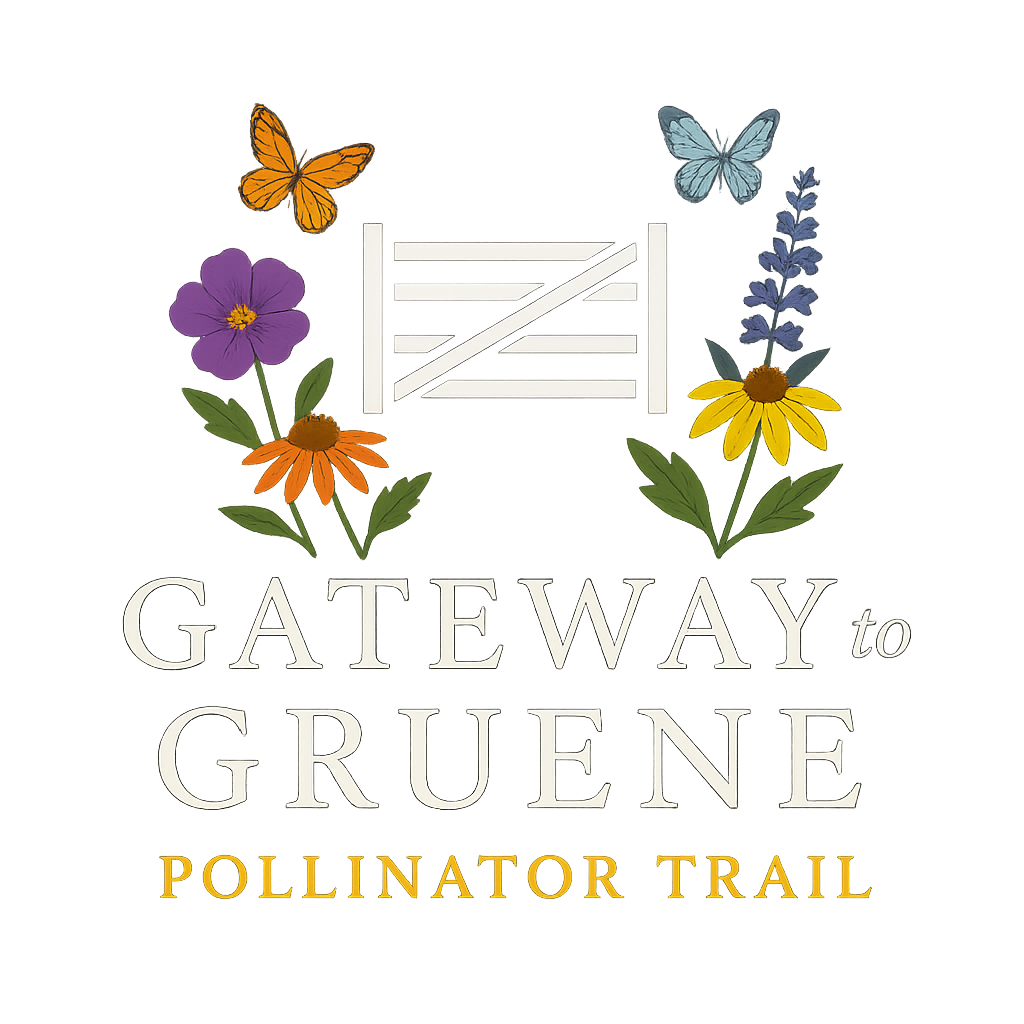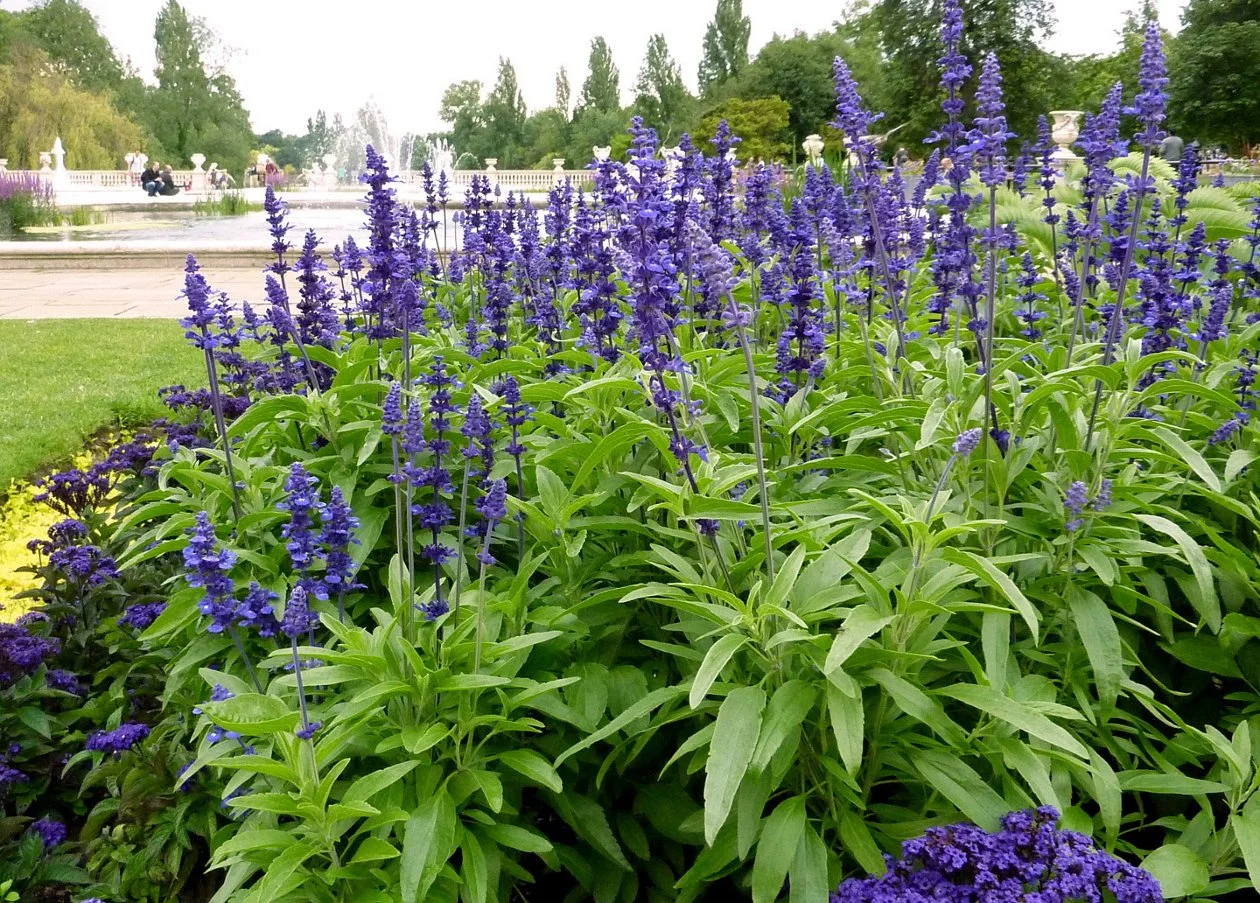Species Profile: Blue Sage
Common Name: Blue Sage
Scientific Name: Salvia azurea
Location: Native to Central Texas prairies, open fields, and roadsides. Prefers full sun and well-drained soils, especially sandy or rocky ground.
Mating Habits: A perennial wildflower that reproduces via cross-pollination. Pollinated primarily by long-tongued bees, butterflies, and hummingbirds. Also spreads by rhizomes and reseeds easily.
Seasonal Habits / Bloom Time: Blooms from mid to late summer into fall (July to October), offering late-season nectar when many other plants have finished blooming.
Ecological Relevance: Attracts native bees, butterflies, and hummingbirds, especially the Black-chinned Hummingbird. Its tall flower spikes contribute to plant diversity in prairie and meadow ecosystems.
Interesting Facts:
Produces bright sky-blue flowers that stand out in native landscapes.
Can reach up to 3–5 feet tall in favorable conditions.
Known for its resilience to drought and poor soils.
Native Wildlife Associations: Nectar source for hummingbirds, especially during southward migration. Supports solitary bees and butterflies like the Monarch and Painted Lady.
Conservation Note: Excellent for restoration plantings, pollinator gardens, and erosion control. Encouraging its growth helps sustain pollinator activity into the fall.

